


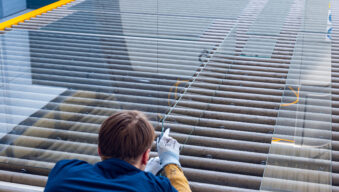
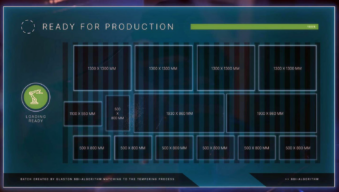
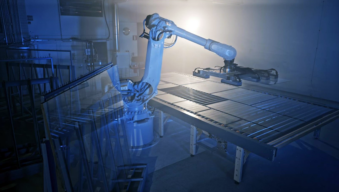
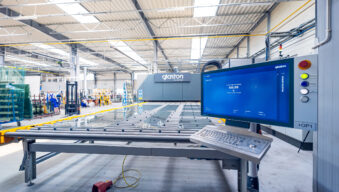




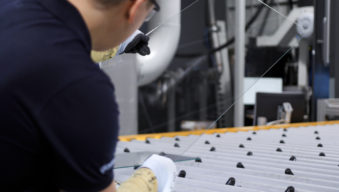
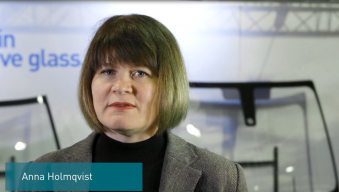
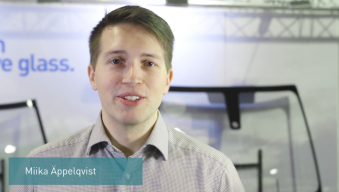
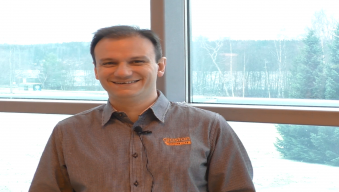
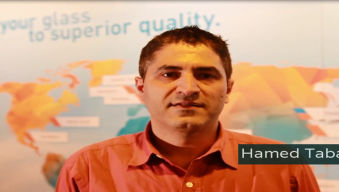
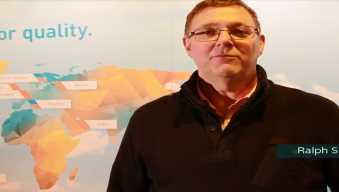
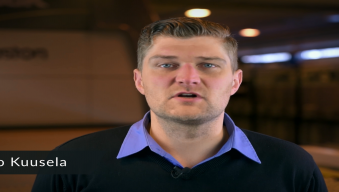



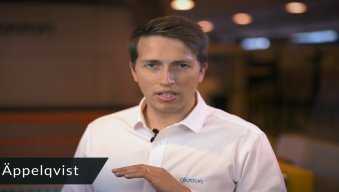
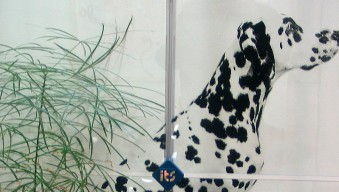

Glass breakage in the tempering furnace is something that we all want to avoid. In this #AskGlaston episode, we are looking at the factors that can lead to the breakage of thick glass in a radiation furnace. The other question refers to the difference of heat-strengthened and tempered glass.
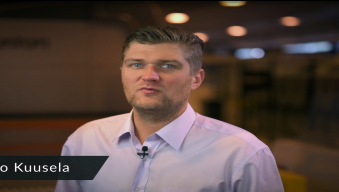
This latest #AskGlaston episode will cover two questions devoted to the issues of improving the production of special coated and patterned glass. 1. How can you improve the continuous production of 8 mm Low-E triple-layer silver-coated glass. 2. Glass has a deep and inconsistent pattern. It always seems to break while moving through the primary quench or during the first 60 seconds while it is in the secondary quench cycle. How can you improve the issue?

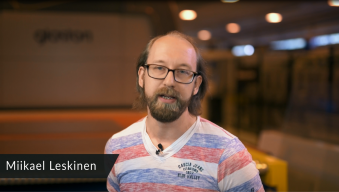

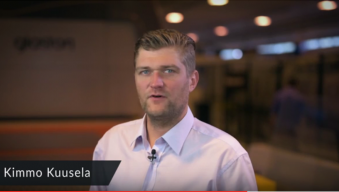

From time to time, I get a question from the glass structural engineers about specification advice on glass quality for high-profile facades. How they can make sure they will get the best possible or most suitable glass quality for their project? Many times, the question is: what is the best I can realistically get from the market?
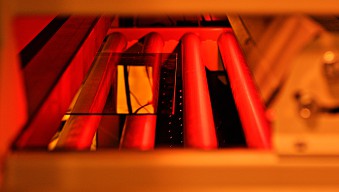
Energy savings in glass tempering process goes directly to your bottom line. Here’s how you can minimize your tempering process energy consumption. (Part 2/2)

Energy savings in your tempering process goes directly to your bottom line. How can you minimize your tempering line energy consumption? (Part 1/2)
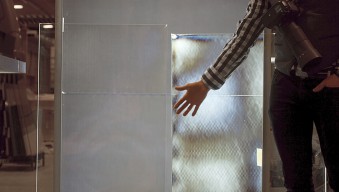
Markets demand increasingly more quality from glass suppliers. Sometimes, you can see weird strain patterns or rainbow-colored streaks in the glass, especially when viewed at a close angle and in polarized light. This is called glass iridescence. And here’s how to get rid of it.
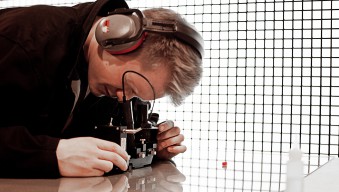
Since we are talking about safety, it is crucial that tempered glass is actually tempered when it is delivered to customers. Here’s a list of ways you can make sure you don’t need to recall your glasses.